A Chinese proverb says that the best time to plant a tree was 20 years ago, and the second best time is today. But it’s not easy to ensure the trees of today actually become the healthy, functioning forests of tomorrow.
This is a key issue in the UK, which recently announced it will plant 20 million trees to create a new “national forest” in the west of England. Given the UK is one of the least forested countries in Europe, and one of the most nature-depleted in the world, more trees are definitely needed.
But I know from years of trying to research and restore native forest on Dartmoor in the south west of England, that creating healthy forests requires attention to detail. Unless we are careful, these new woodlands might damage rather than improve the environment: 20 million non-native conifers (or any single tree species), densely planted row on row is not a recipe for a healthy or resilient forest.
So what could a successful forest expansion look like – and how could the UK get there?
Forests for the future
When planting a sapling, we are starting a journey not reaching a destination.
The aim isn’t to just grow dense forests everywhere, but to create a diverse “treescape” that includes woodland, pasture, orchards and hedgerows. Including glades and clearings allow plants and animals from the surrounding landscape to move in, helping to create a richer, more complex forest over time.
Helen Hotson / shutterstock
In this ideal future, Britain’s bigger, more diverse, and better joined-up forests would have a higher chance of coping with the hotter summers, wetter winters and other climate changes including extreme weather. That’s because these larger more connected forests limit whats is known as the “edge effect” where the benefits of the forest’s microclimate is reduced. Having more different tree species – mostly native but not always – would help these woodlands cope with, and adapt to, the projected increase in pests, disease and other environmental stresses.
These larger more biodiverse woodlands would also store more carbon in trees, soils and decaying wood. Research I published with colleagues showed new native forests can alleviate flood risk rather quickly too. Over time, many could also provide timber for low-carbon construction, and charcoal-like “biochar”.
Where to grow a forest – and how
Creating woodland for biodiversity and these wider benefits requires planning and management. This can be done by studying the land beforehand – looking at habitats, soils and the animals that graze there, but importantly considering the wider landscape. Digital tools can model a combination of land features, climate and other data to help planners decide where trees should be targeted for the biggest wins, especially as the climate changes.
The idea is to support, not replace, Britain’s many existing ancient trees. Some new forests would help buffer woodlands from damage at their edges, while others help connect isolated forest fragments and lone trees.
For example, in Britain’s wet valleys where temperate rainforests could grow, saplings planted in the 2020s might provide new homes for rare lichens and mosses. This will help shield highly vulnerable sites such as Wistmans Wood on Dartmoor from changes in climate.
Restoring these rainforests will usually require active control of grazing animals. One promising solution is to plant small, carefully chosen patches of diverse tree species and protect them at first from the sheep, cattle, ponies and deer that eat young trees. Over time, through a process known as “applied nucleation”, these patches could help trees naturally spread, creating a mix of woodland and pasture.
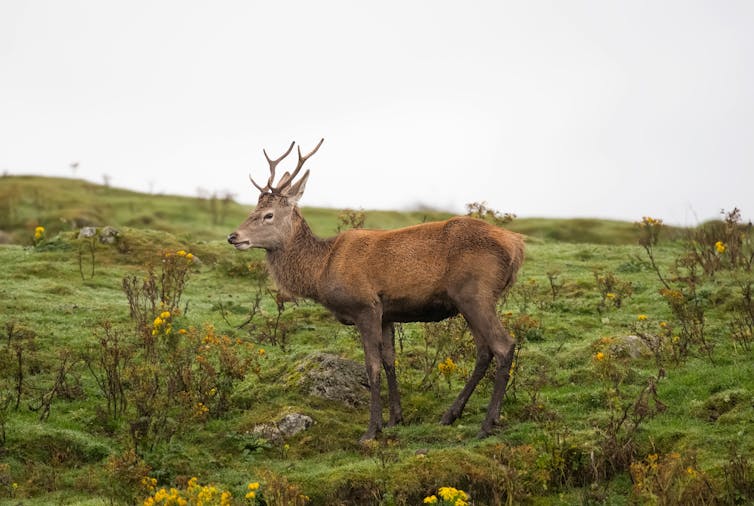
Digital Wildlife Scotland / shutterstock
It’s true that sapling-munching deer have surged to unsustainable levels, and many uplands areas in particular are overgrazed by sheep. However, when moderated and managed carefully, these animals are essential ingredients for dynamic forests. Grazing, browsing and rootling (pigs and wild boar) animals create glades and clearings, and support natural processes. Trees and forests in return provide animals with forage, shade, shelter and more.
We should embrace the potential for mutual benefit between animals and forests. By integrating more trees and forests into agricultural areas we may even make both our forests more dynamic and our agricultural areas more resilient.
Local leadership and community roots
The public generally considers tree planting a positive thing, but local people often feel left out of the process and its benefits. Getting them onboard and involved is critical. That’s particularly the case in Britain’s northern and western uplands, where few trees are left and many people feel threatened by national woodland policies that might affect how they use the land.

Paul Harrison
Moor Trees community tree nurseries on Dartmoor, or collectively owned and community forests in 15 regions of England show there are ways to get locals involved and empowered.
Larger forests near towns and cities would offer more space for recreation and education, taking pressure off smaller and more fragile woodlands. In the urban areas themselves, we could grow more micro “Miyawacki” forests. These are tennis court-sized areas of diverse and densely packed native trees, which allow children to connect with nature every day in their school grounds (the UK already has more than 280 such forests).
Tree planting is only a start
This is a rather optimistic vision for the future, of course. To get there, we’ll have to learn from experience. That means tracking what works and involving local people in citizen science. These projects not only help gather valuable data, they also give volunteers a meaningful experience and support their appreciation of the natural world.
There are plenty of recommended guidelines for forest restoration, but turning young trees into healthy resilient woodlands isn’t about following a strict rulebook. Instead, success will come from using a range of strategies – working with local communities, supporting natural processes and adapting over time based on what is shown to work.

Don’t have time to read about climate change as much as you’d like?
Get a weekly roundup in your inbox instead. Every Wednesday, The Conversation’s environment editor writes Imagine, a short email that goes a little deeper into just one climate issue. Join the 45,000+ readers who’ve subscribed so far.
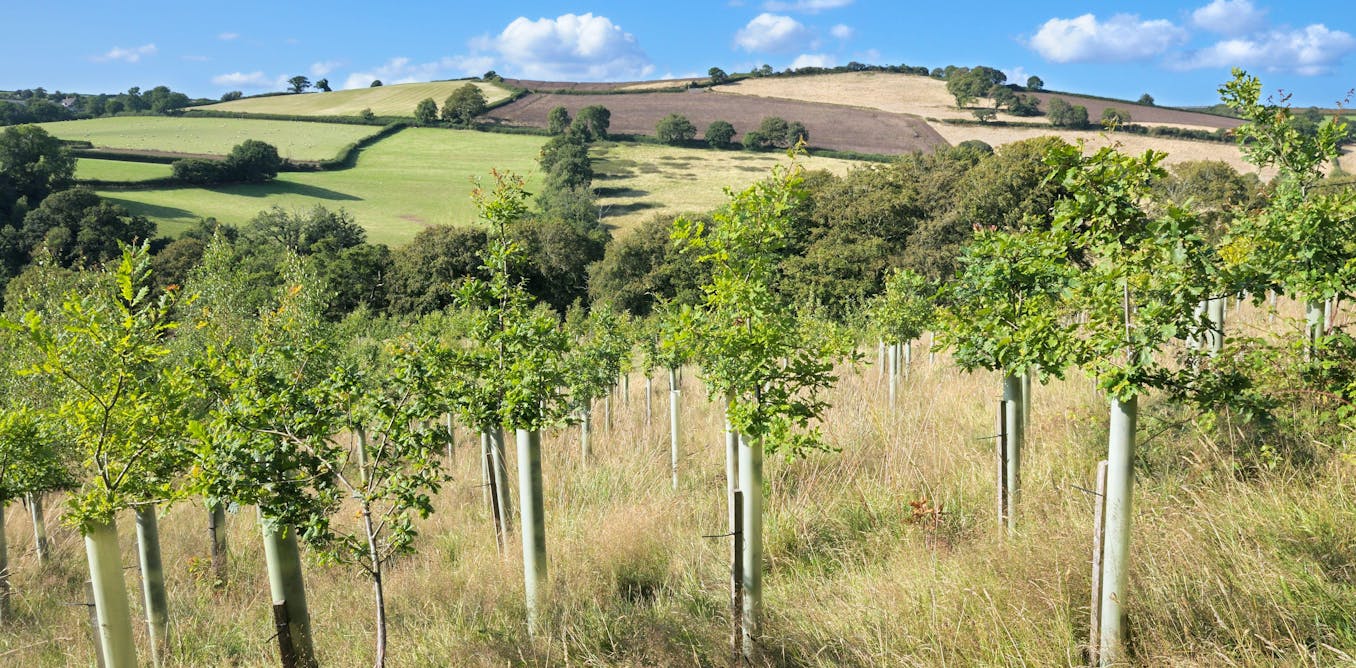
The post “How to create a thriving forest, not box-checking ‘tree cover’” by Thomas Murphy, Lecturer in Environmental Sciences, University of Plymouth was published on 05/27/2025 by theconversation.com











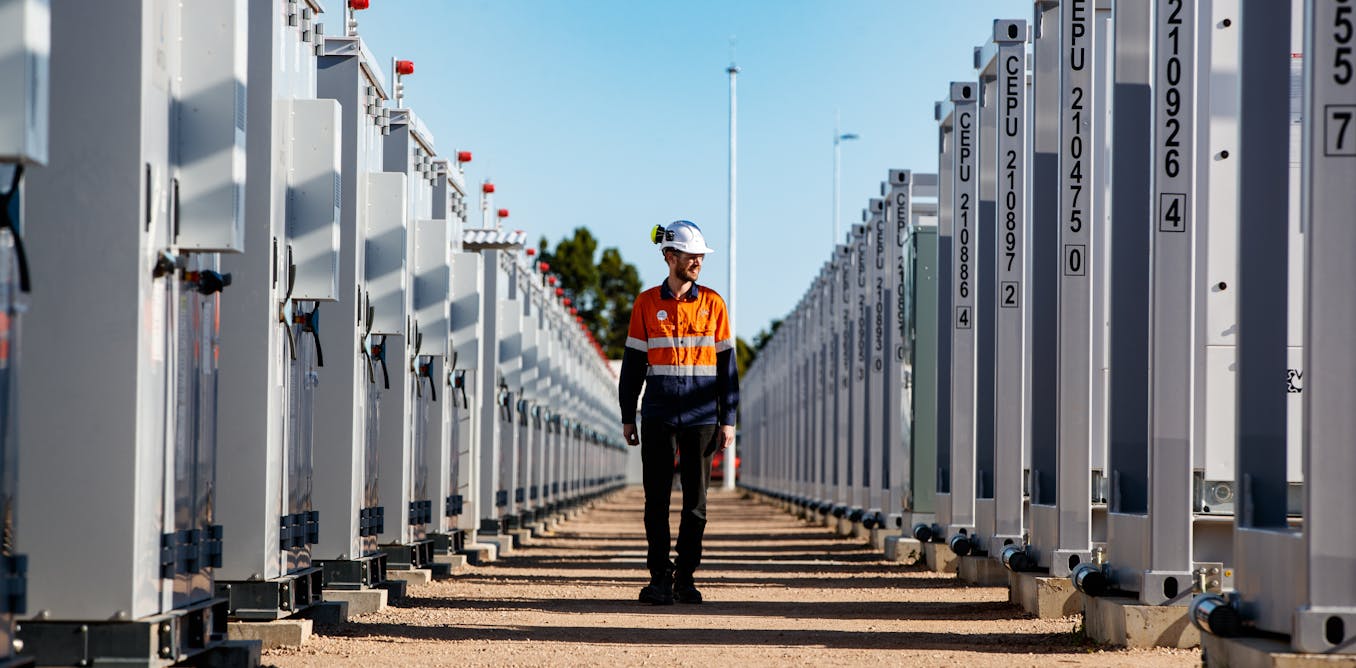





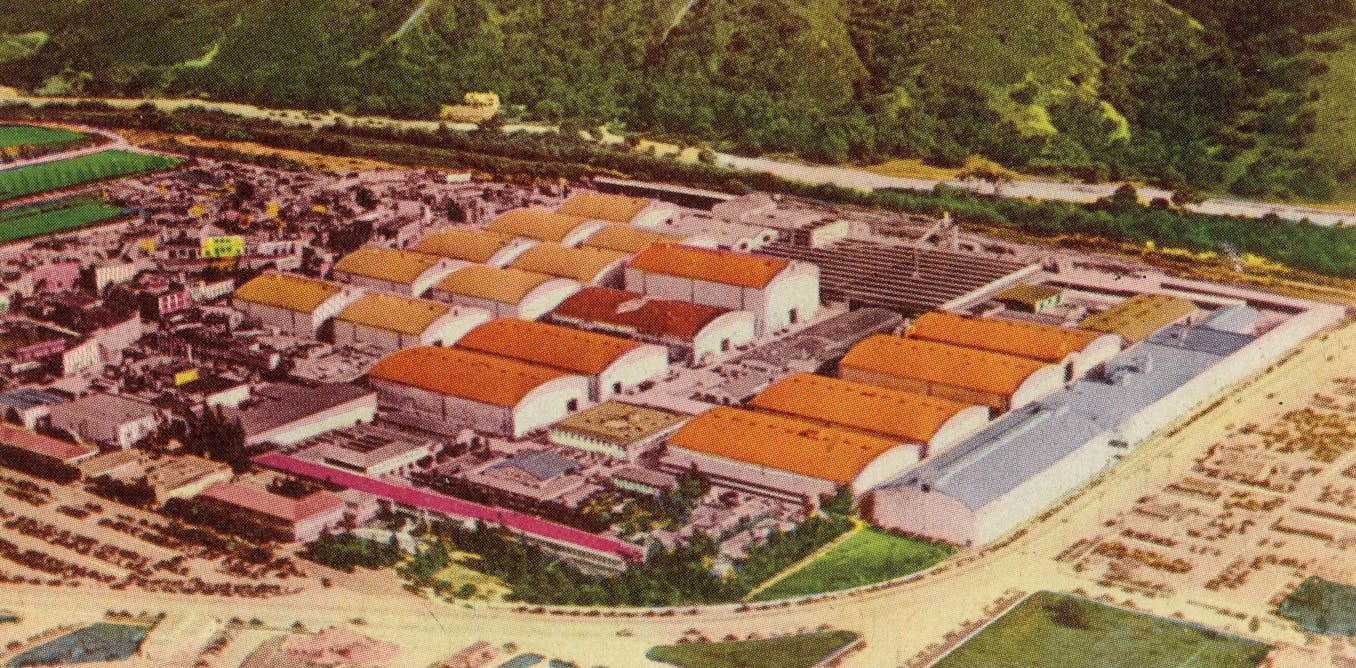













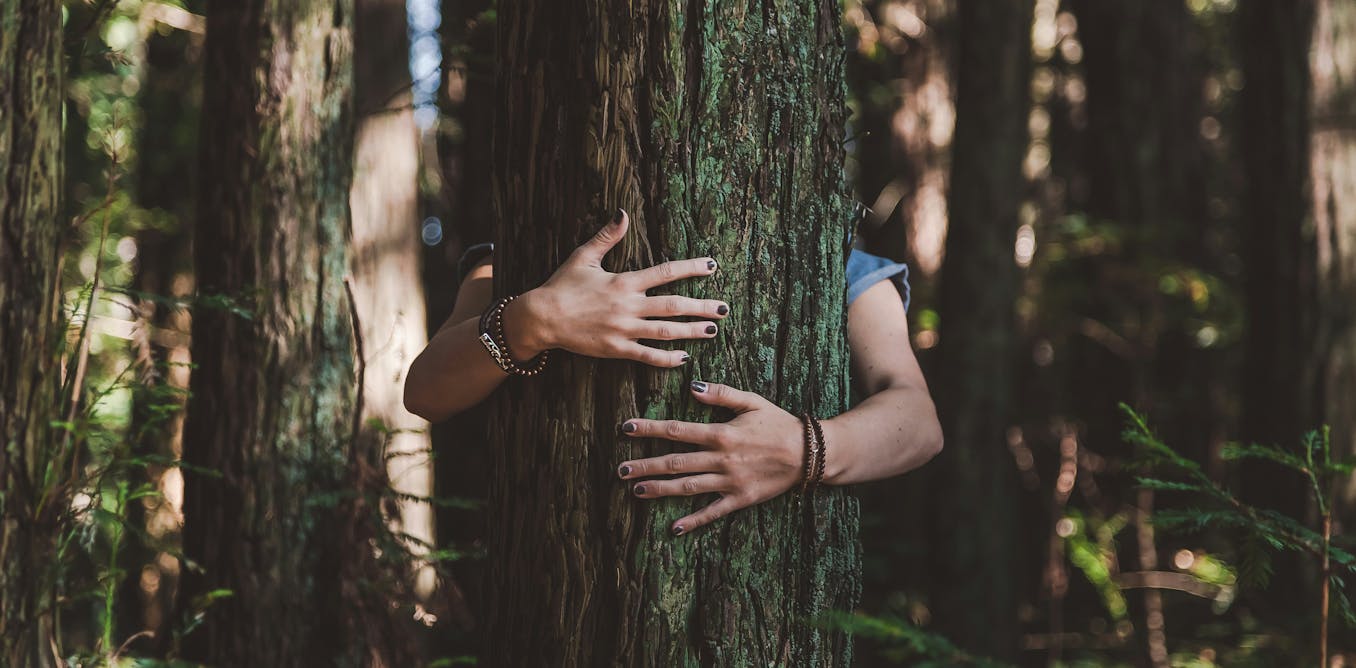

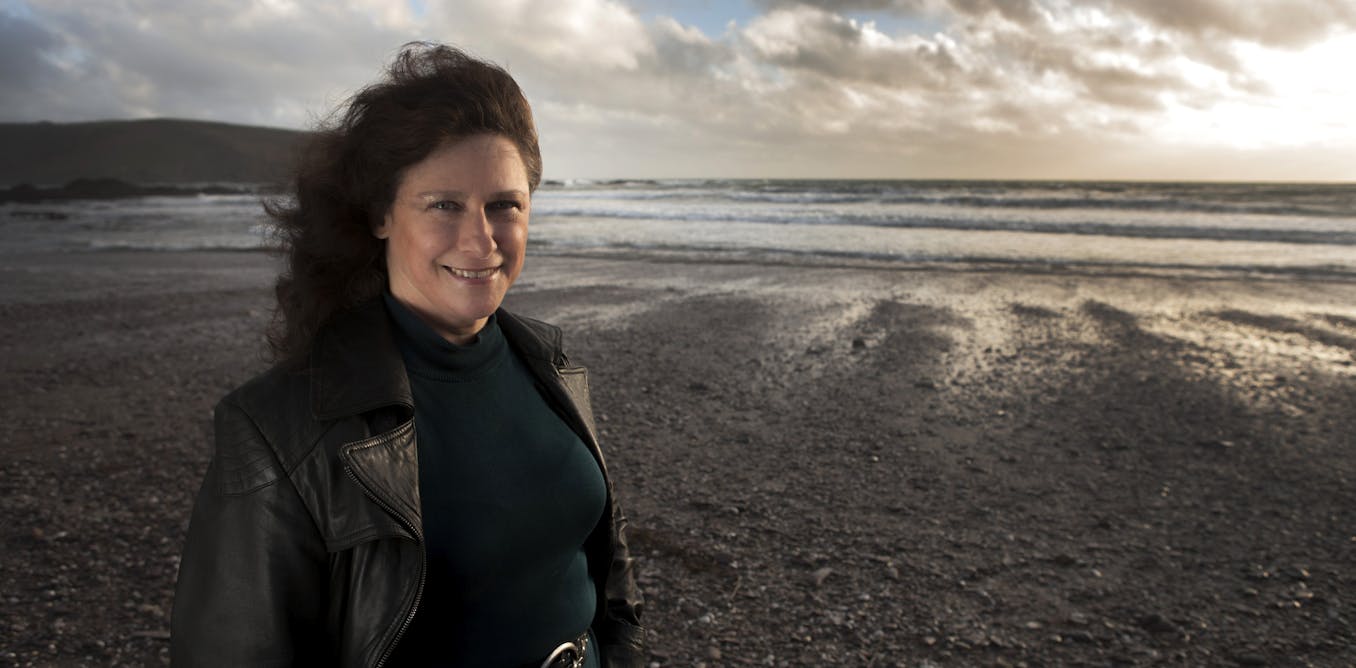

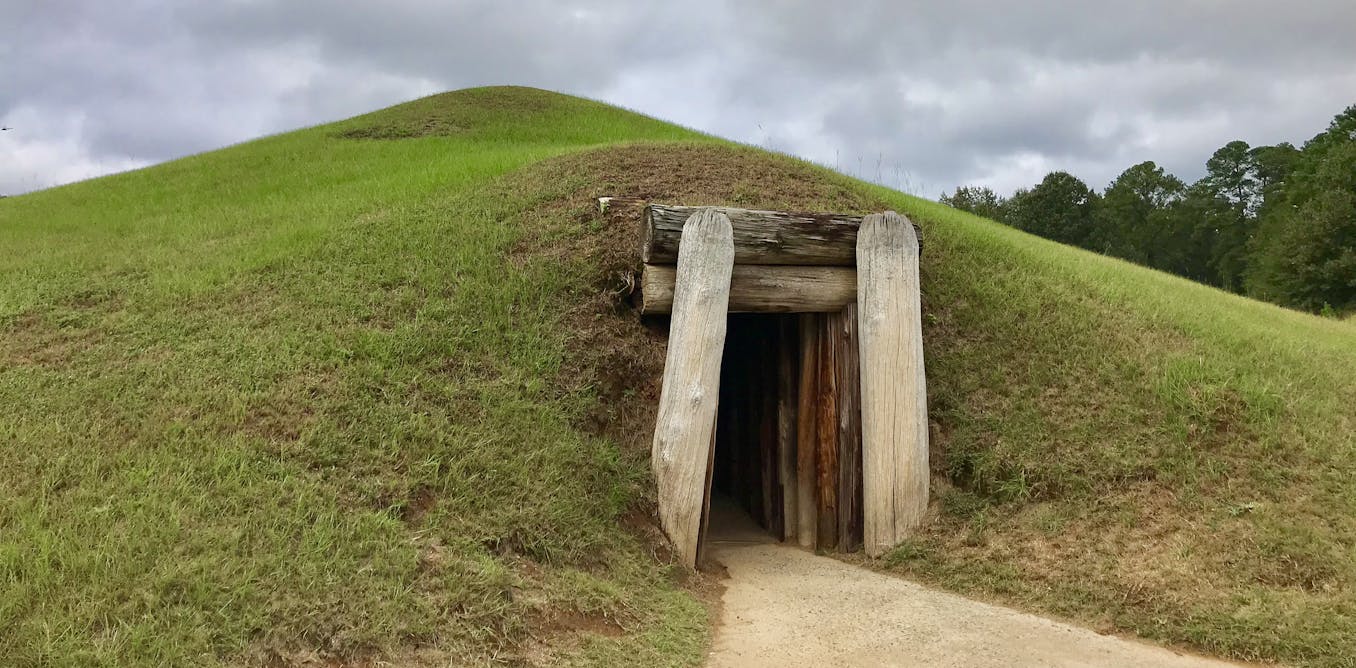
Leave a Reply